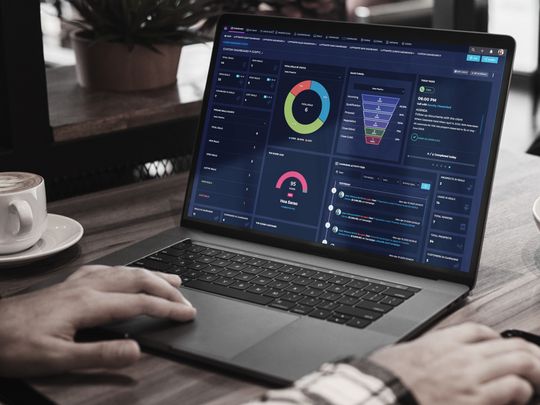
With the pandemic, businesses had to pivot to a no-touch model for delivery of goods and services. These contact-less experiences are here to stay… and that's now evident in customer preferences.
For example, customers are likely to opt for self-checkout at supermarkets. We believe this will continue even after the pandemic ends because of the sheer agility this model offers, among other benefits like speed.
We have seen self-service play a key role in influencing B2C customers, but the tables are turning and B2B is quickly adopting self-service interaction models now. This is true for both online and offline, with the main drivers being faster service speed and sheer flexibility.
Expensive to acquire
It is normally more expensive to acquire new customers than to retain existing ones. As the global economy crashed, retention became a top priority for businesses who had to rely on that loyal customer base to pivot. With marketing budgets reduced, even new customer acquisition now revolves around attracting the right long-term audience as opposed to random acquisition at any cost.
This has resulted in a greater focus on areas like account management and loyalty programmes. When it comes to value consciousness, most businesses have been forced to cut costs irrespective of size. Now that the cost savings are obvious, businesses are skeptical about reverting to their pre-pandemic expenditure levels.
This could range across marketing, infrastructure and even IT costs. A few years ago, CRM was mainly used by sales teams. With customer touchpoints increasing everyday, CRM is now spreading its wings to reach every customer-facing team.
Today, CRM is associated not just with sales-force automation, customer service, and marketing automation, but also with areas like ecommerce, point-of-sale and field service. We believe CRM's ambit will increase further, which is why it holds the world's largest software market share and continues to grow at a staggering pace.
Unification
The SaaS (software-as-a-service) industry is witnessing a massive wave of consolidation. We see smaller vendors getting acquired by larger ones every other day.
True customer-centricity requires a deep understanding of intricate areas across a customer lifecycle, and it is not easy for one vendor to develop expertise in each of those areas.
However, the culmination of all those pieces offers a much higher benefit for businesses. To address this, a few vendors are trying to rapidly expand their portfolio through acquisitions, while others are developing the required technology natively.
On the other hand, larger enterprises continue to follow decision-making in a siloed, department-specific level and that is where the ability for a-la-carte purchases can be beneficial for both the vendor and the customer.
There is an increasing demand for specialized software at an industry or vertical level, where sub-segments are evolving. What could be clubbed under an industry (say manufacturing) is now moving to a more focused business segment (say automobile manufacturing).
We will see more and more specific CRM offerings emerge, as organizations will look for a software that is as close as possible to their operating mechanism, and addresses all the intricate segment-specific needs.
- Hyther Nizam is President - MEA at Zoho Corp.









